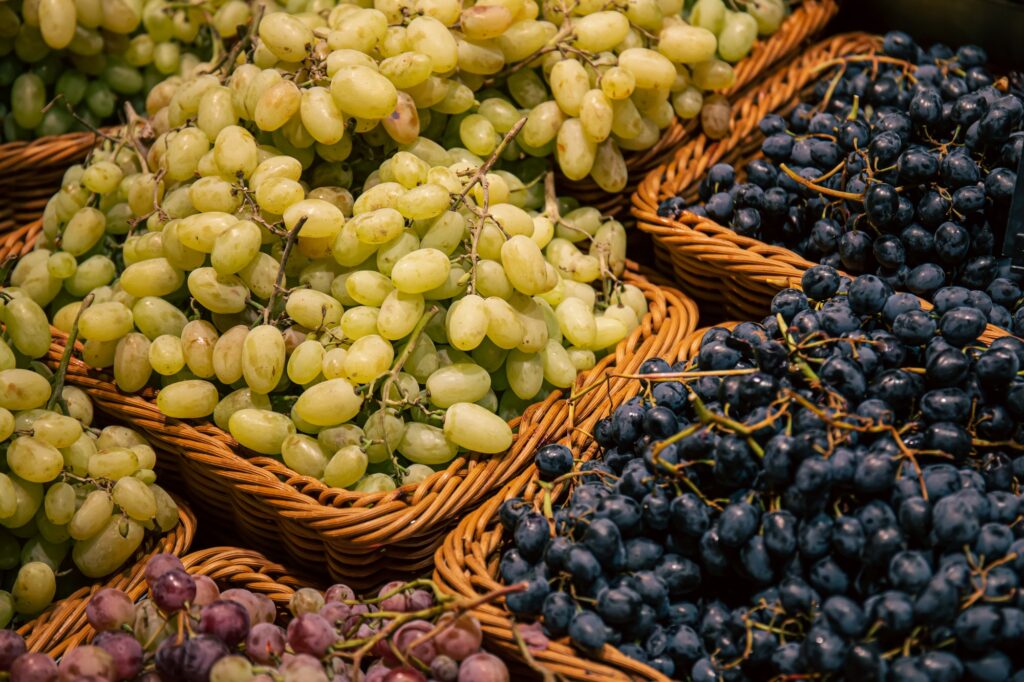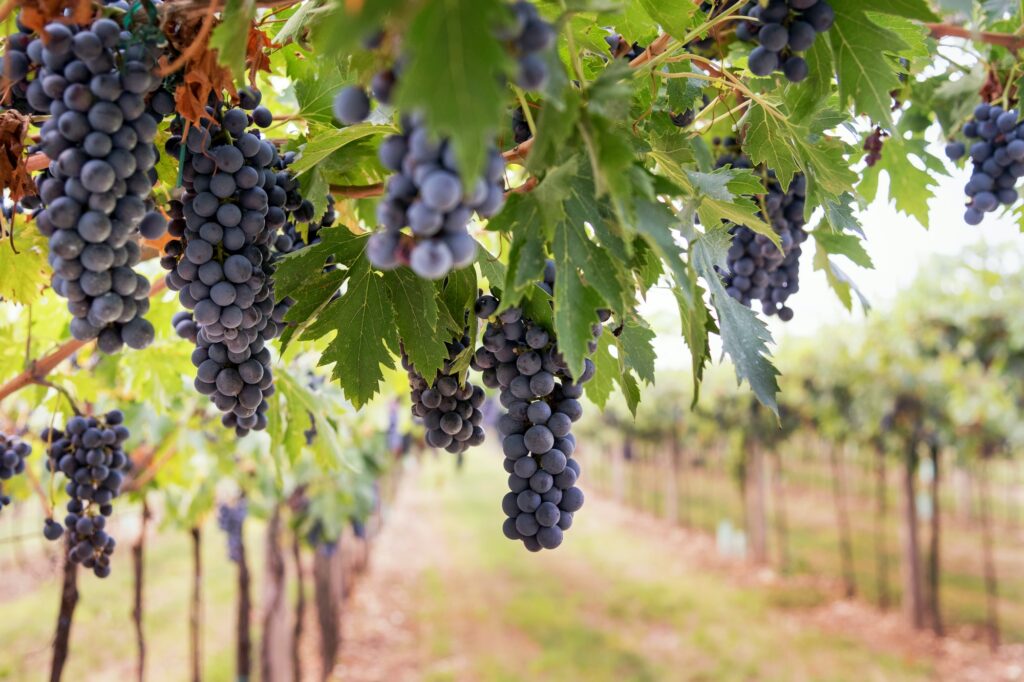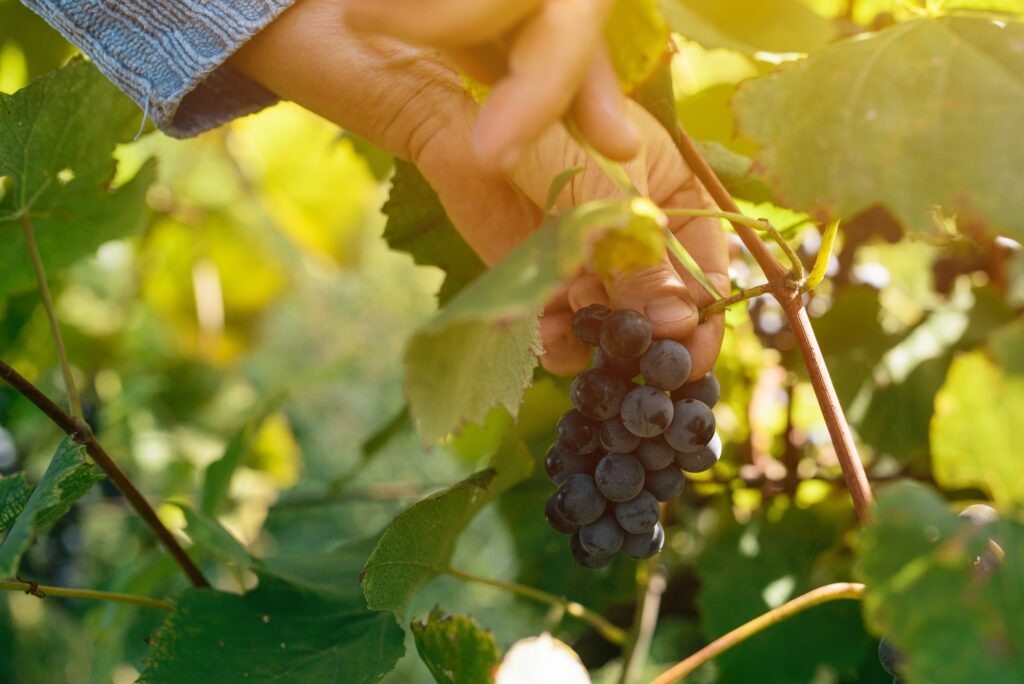Fascinating Facts About Grapes: A Complete Guide

Grapes are one of the most popular fruits globally, with a rich history spanning millennia. Often featured in wine or juices, grapes come packed with intriguing stories and health benefits that remain relevant today. This complete guide dives into the background, varieties, cultivation, nutrition, and usage of grapes across the ages. Read on for 16 fascinating facts about this fruit!
A Brief History of Grapes
Evidence suggests grapes were first intentionally grown over 8,000 years ago in Eastern Europe and the Middle East. Ancient Egyptian hieroglyphics and biblical references confirm grapes were cultivated in antiquity.
Grapes grew easily across the Mediterranean, Middle East, and Western Asia, spreading to Europe and North Africa. Wine grapes expanded with Roman territory 2000 years ago. Table grapes became popular luxury items, while wine grapes enabled the global wine trade.
Today, grapes rank among the world’s most valuable fruit crops. Modern cultivation uses trellising, irrigation, and technology for ideal grape-growing conditions worldwide.
Basic Types of Grapes

There are three main categories of grapes grown today:
- Table grapes – For eating fresh or drying into raisins
- Wine grapes – Used in grape juice and fermented into wine
- Muscadine grapes – Thick-skinned native American grapes used for jams, juices or wine
Within these groups exist over 60 species and thousands of grape varieties.1 Favorites include green Thompson Seedless or red Flame Seedless table grapes, while popular wine grapes include Cabernet Sauvignon, Merlot, and Chardonnay.
How Grapes Grow
Grapes grow on vigorous vines known as grapevines. Left alone, vines can grow 30 feet long or more. Grapevines are trained onto supports like trellises or wires, allowing light distribution and air circulation for fruiting.
Most grapevines are pruned during winter dormancy to control size while maximizing grape yields come summer and fall. Proper pruning also aids harvests and prolongs vine lifespans exceeding 100 years. Grape flowers emerge on year-old canes in spring, developing into full grape clusters called bunches.
Global Grape Production

Grapes can grow in diverse climates, thriving on 6 continents globally. Major producers include:
- Italy – Leads table grape exports, also known for wine regions
- China – Top grape producer, though exports focus on raisins
- United States – Over 80% of US grape harvests happen in California wine regions
- France – Bordeaux and Burgundy house famous French wine grapes
- Spain – Known for varieties like Tempranillo used in Rioja wines
- Chile – Supplies grapes year-round from Southern Hemisphere seasons
Nutrition & Health Benefits
Grapes, especially red and purple grapes, contain beneficial plant compounds like resveratrol and quercetin which provide significant health benefits:
- High antioxidants help prevent cellular damage
- May lower inflammation involved in chronic diseases
- Compounds show anticancer effects in studies
- Improve cardiovascular health markers
- Beneficial for brain, skin, hair, and eye health
Grapes in the Kitchen

Beyond snacking, grapes work deliciously in recipes:
- Balance sweetness in salad combinations
- Bring out cheese flavors when paired together
- Roast grapes to concentrate flavors
- Craft chutneys or salsa with grapes
- Freeze grapes for cooling summer treats
- Use fresh grape juices and preserves
Dried grapes or raisins pack a sweet punch too. They make great hiking snacks, as well as classic additions to oatmeal cookies, cakes, and pies.
How Wine is Made From Grapes
Wine production starts with harvesting mature, high-quality wine grape varieties like Merlot or Riesling. Wine grapes ferment naturally, but commercial wines often add yeast to boost alcohol levels.
Red or “black grapes” make red wines. Grape skins lend rich red hues and tannins. Popular reds include Cabernet, Pinot Noir, Zinfandel, and Syrah.
Green and yellow grapes suit white wines. These often get their skins removed before fermentation. Famous whites include Chardonnay, Riesling, and Sauvignon Blanc.
Rosé wines come from limited skin contact. Grapes for rosé get skins removed quickly after crushing, resulting in pinkish hues.
10 Fun Facts About Grapes
Beyond main varieties and uses, grapes hold surprising histories:
- Grapevines have perfect flowers, with both male and female parts for self-pollination.
- Ruby red grapefruits are actually a cross between pomelos and oranges, not real grapes.
- A single grapevine yields clusters averaging 15-24 pounds, though totals can exceed 30 pounds.
- Winemakers estimate an average 750 ml bottle uses 2.5 pounds or 450 grapes2.
- Grape seeds contain healthy oils, making them nutritious to eat or extract.
- Leftover grape skins, stems and seeds often get turned into vineyard compost.
- Grape leaves are great pickled or stuffed with rice, meats, and vegetables as flavorful edible wraps.
- Grapeseed oil has one of the highest smoke points for cooking at 420° F making it popular for frying and dressings.
- Grape molasses or pekmez serves as a nutritious sweetener in Turkish dishes.
- Vinegar derives its name from the French for “sour wine” – an essential use for wine gone bad!

Frequently Asked Questions
Curious for more? Check out these common grape questions:
Which grapes are seedless?
Many table grapes are now seedless, meaning they have small, undeveloped seeds. Thompson Seedless and Flame Seedless are among the most popular seedless-eating grapes. Seedless grapes cannot reproduce on their own.
What’s the difference between green and red grapes?
Grapes come in black, dark purple, red, green, yellow, and brown shades. Red grapes differ from green grapes mainly in anthocyanins, antioxidant pigments creating rich ruby colors. Beyond aesthetics, darker red or purple grapes offer higher antioxidant levels.
Can dogs eat grapes?
No. Grapes and raisins are toxic for dogs and should be avoided. Even small amounts may cause serious kidney issues for dogs. If ingestion happens, call your vet immediately.
Why are some grapes called wine grapes?
Grapes labeled as wine grapes refer to varieties specifically grown for winemaking. Common Vitis vinifera wine grapes include Chardonnay, Cabernet Sauvignon, and Merlot. Wine grapes have thicker skins, more tannins, and ideal acidity and sugars to make quality wines.
What’s a grape arbor?
A grape arbor provides a structural support system for cultivated grapevines. Arbors create shaded spots in gardens, alleyways, or patios by training vines atop overhead lattices. These scenic structures allow grapes to grow and spread overhead.
The Impact of Grapes on History
Grapes hold an outsized influence on global agriculture, cuisine, and culture. Beyond quenching thirsts, grapes, and wine facilitated trade in ancient times. Phylloxera outbreaks altered industries in the 19th century. Regions like California, Australia, and South America expanded wine grape acreage following European shortages.
Today grapes feature strongly in religious ceremonies, health conversations, and hospitality rituals across the planet. As vineyards expand into Asia and Africa, grapes will continue spreading sweetness and connection worldwide.





